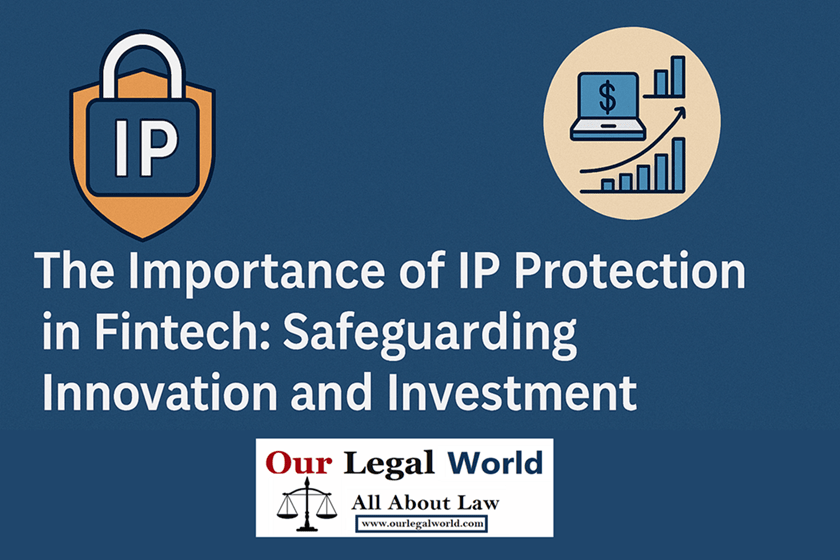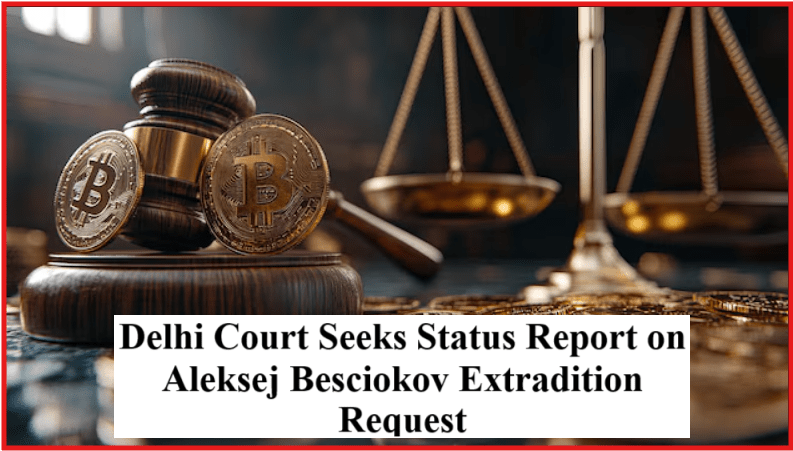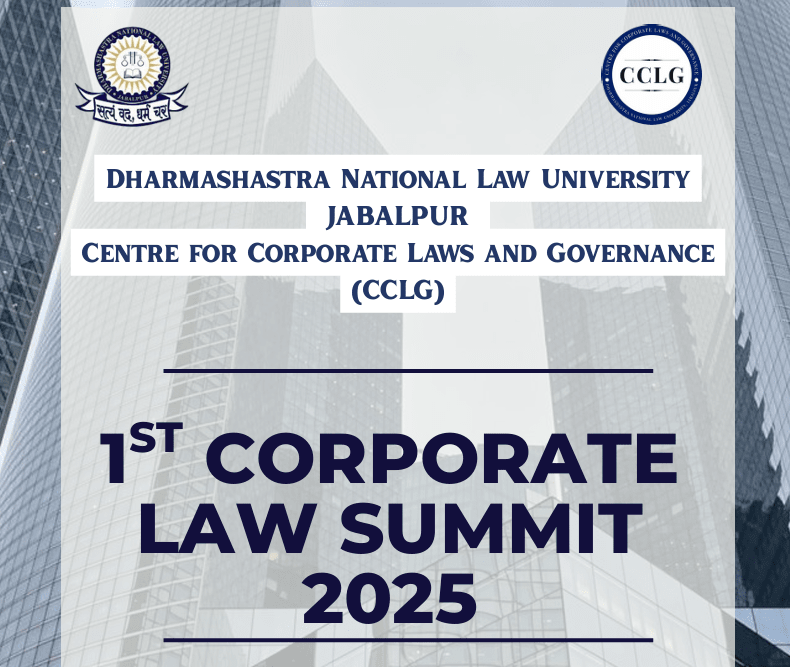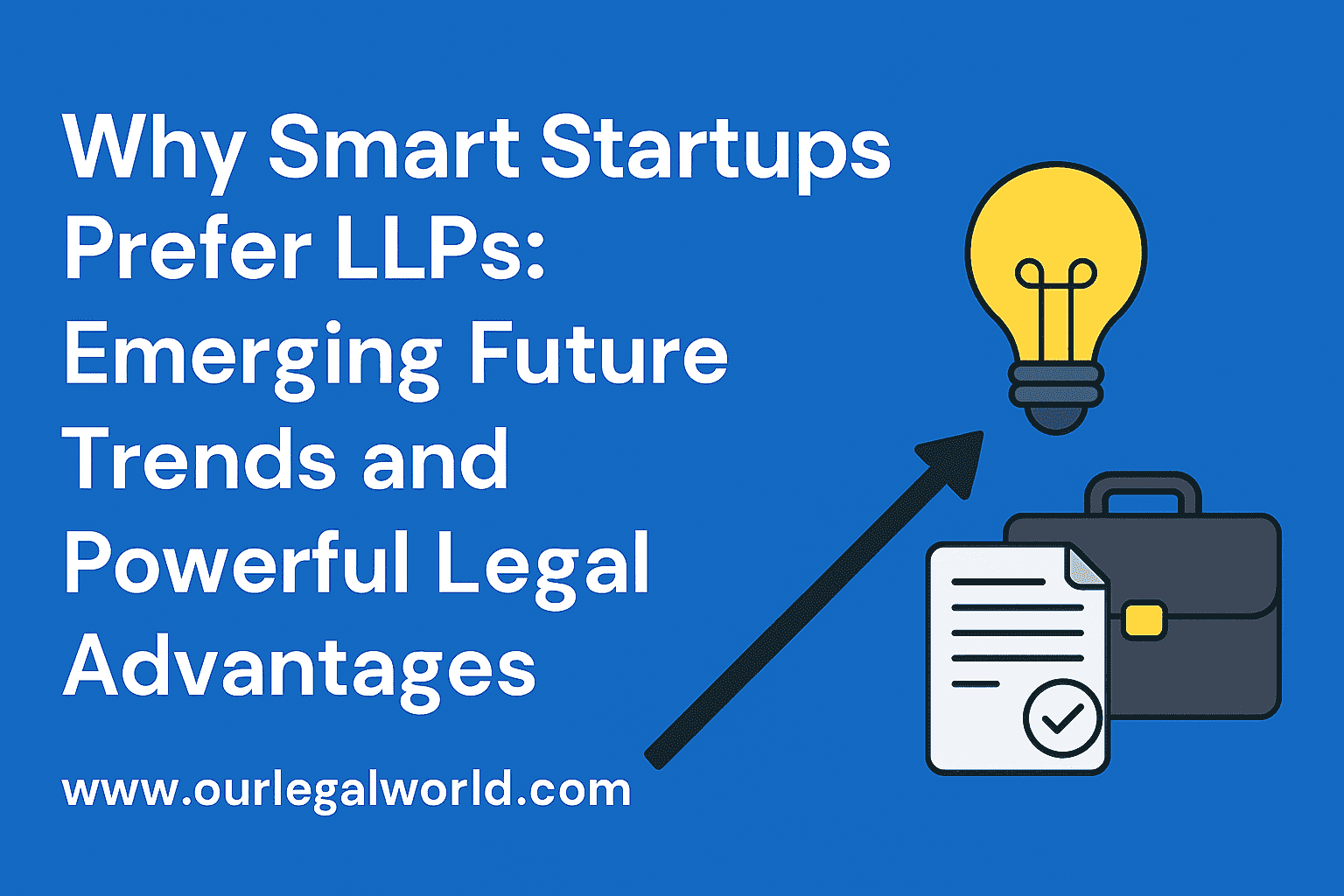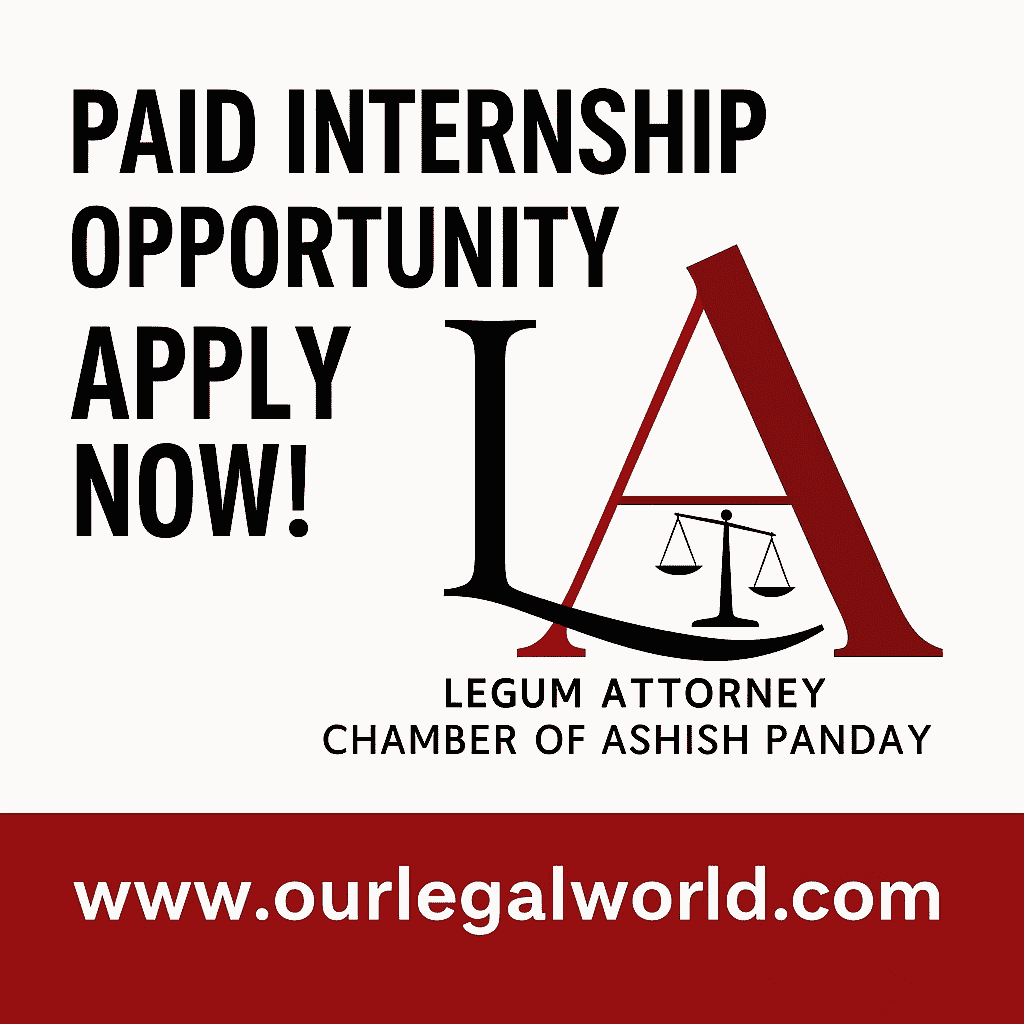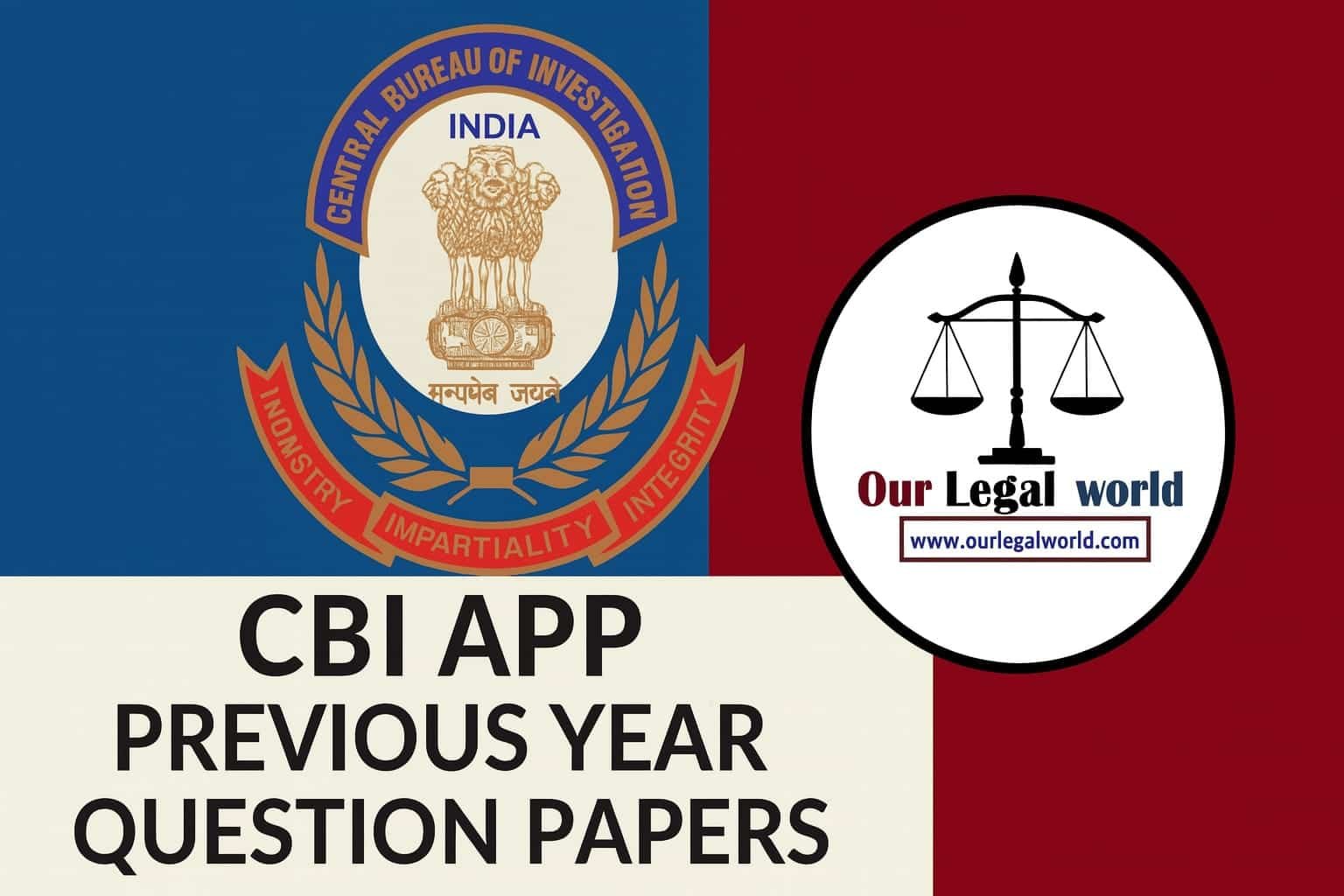Copyright conundrum: copyright ownership by non-human entities
Abstract
It is not a secret that with the advancing technology the concept of copyright ownership is being challenged in various unprecedented ways. One such challenge which is datable is whether a non-human entity can be accessorised by providing copyright ownership? This issue has gained more attention with the increasing use of artificial intelligence in creating original works of arts, music, literature etc. In this article, we will be acknowledging the legal and ethical implications of granting copyright ownership to non-human entities, and the potential consequences and challenges associated with such grants. We will also be examining the above question by looking into the monkey selfie case and the copyright of the works by recently created AI named ChatGpt. This paper provides the overall analysis of the implications of granting non-human entities the ability to own intellectual property and explains the need for careful consideration and discussion before making any policy decision.
Introduction
meaning of copyright ownership
Under the Copyright Act, 1957, the owner is trusted with specific rights including reproduction, distribution, display and public performance and creating derivative of the work under Section 14 of the Act[1]. In the first instance, the owner of the artistic work is the person who has actually created the work. For example, if a person ‘X’ has written the lyrics of a song then, ‘X’ will be considered as the owner of the lyrics of the song. Whereas, in situations where a work is created during the course of employment by an employee then this work would come under the ambit of ‘work made for hire’ and the copyright ownership will stand with the employer and not the employee. For example, if an employee ‘Y’ during the course of employment created a mobile application then the employer will have the copyright ownership.
Also Read: Prisoner’s Rights in India: Issues and Challenges Faced by Them
Scope of ‘Author’ of the work:
Under Section 2(d), the term ‘Author’ is defined. According to this section, the author could be a person who is the author of a literary or artistic work, the composer, artist, photographer, producer of a cinematographic or sound recording and creator of the computer-generated artistic work.
Further, the phrase ‘first owner of the copyright’ is defined under Section 17 of the Act. According to this section, in order to become the author of an artistic work, the person must be the first owner of the copyright. There are exceptions to this rule where the author is not the first owner of the artistic work and the ‘work made for hire’ is also one of the exceptions to this rule.
Can a non-human entity become the author under the copyright act,1957?
There are several conventions and treaties that played a major role in the creation of the TRIPS Agreement that provides a uniform settled law for the protection of Intellectual Property Rights at an international level but, there are still many unanswered questions which are yet to be addressed. The question whether an entity other than human can acquire the copyright ownership of a work could be explained well by referring to the below mention case studies.
Case study
The monkey selfie copyright case
Facts:
A monkey named Naruto took a photo of himself in 2011, this picture was published in a book copyrighted by David Slater. Later, PETA in 2015 filed an infringement suit against Slater claiming to be the ‘next friend’ and that the picture was Naruto’s creative work. The district judge ruled in favour of Slater, then an appeal was filed by PETA before the 9th Circuit appeals court. A settlement was initiated between the parties and therefore, they requested the court to dismiss the case. However, the court refused to do so on grounds that Naruto himself is not a party to the suit and a settlement between Slater and PETA won’t stop someone from initiating a new law suit on this subject matter. Further, the court also gave reason as to why PETA couldn’t prove ‘next friend’ standing in the infringement matter. Firstly, PETA failed to create correspondence with Naruto. Secondly, under the law an animal can’t be represented by ‘next friend’.
Decision of the appellate court;
In 2018, the Appellate court ruled in favour of Slater and supported the decision of the district judge. The Appellate court was of the opinion that Naruto is a non-human entity/monkey who as per the Article III of the American Constitution has a locus standi to plea for injunction or other damages however, such a position is not given equal stand under the copyright law. Naruto’s statutory position to sue for copyright infringement was a major part of the discussion. Considering this aspect, the court held that Naruto cannot sue Slater for copyright infringement and it has been determined that under the Copyright Act, animals other than humans do not have the statutory standing to sue for infringement. The Copyright Act does not expressly permit animals to file copyright infringement lawsuits under the statute.
Copyright of content generated by AI’s
Meaning of artificial intelligence
Artificial Intelligence[2] is a process in which a machine being the computer performances activities without human interference and involvement. In other words, AI can also be defined as the ability of a computer program to solve a problem, the solution or the method to solve such an issue or decision-making is done by the AI itself[3].
Work of an AI
In circumstances where a machine or computer generates content then it is barred from being registered because it doesn’t have human authorship[4]. Similarly, in case of the content generated by AI’s including complex written, visual, or musical works, it is considered that the ‘element of authorship’ is generated by technology which is a non-human entity that lacks human authorship. Further, under the UK law a special position is given to computer generated content under section 9(3) CDPA. These works can be understood as works which are generated by a computer which doesn’t have a human author. Other countries, including Spain and Germany, doesn’t give copyright recognition to works generated by someone other than humans and offer copyright protection to humans only.
ChatGPT
ChatGPT creates content using pre-existing data therefore, the originality of the works created by this AI is in question in terms of copyright. The data which is used by ChatGPT is pre owned by their respective copyright owners, there can be a possible infringement only if the data which ChatGPT used to produce a content infringes someone’s copyright. If a person paraphrases or heavy edits the content generated by ChatGPT then he will be eligible for copyright, this is due to the presence of human involvement while producing the final content. In case of AI’s, it is important to note that copyright gives emphasis to the expression of thoughts and not to the originality of thoughts[5].
Analysis: copyright ownership by AI’s
Understanding of the term ‘original work’
Although the Copyright Act does not yet define the word “original work,” multiple criteria have been established by various judicial rulings to determine whether a work is original or not. The test results are listed below.
- According to the doctrine of merge, both the idea and expression are linked together.
- According to the doctrine Sweat of the brown, one must examine whether the creative work was created by the skill, labour and involvement of author or not?
- According to the doctrine of Modicum creativity, it is examined that the work includes minimum level of creativity.
- According to the skill and judgement test, it is assessed that the work possesses skill and judgement or not along with skill and labour.
As per the above test, we can imply that if a non-human entity like AI wants to claim ownership over a literary, dramatic, artistic, musical work, he shall have to quality the above mention test and satisfy the essentials which are necessary to be designated as an ‘original work’[6].
Barriers related to AI’S under the copyright act.
Under section 51 of the Copyright Act, a copyright infringement can only occur only by a person. The legality of an AI’s infringement or the ownership of the work is still up for debate because AIs do not have a legal standing under the Act. The first owner of the work is further described in Section 17 of the Act. In several instances, my means of an agreement right of ownership of a work can be subjected to transfer to any other person. However, an AI lacks the ability to transfer such rights to its creator or any other person. In circumstances where an AI creates obscene or defamatory work then in such cases accountability is not strongly projected on the AI, the obscene content will either be removed or the AI will be banned apart from this no other legal action would be taken against the AI. Further, the AI is not capable to set a royalty amount. The creator of a work has the right to demand such royalties, but there are several legal questions about AI that have not yet been resolved.
Conclusion
Non-human entities in particular AI’s are a blooming technology, lack of proper legal guidelines in the regime of copyright ownership and infringement by and against an AI is a topic which needs to be addressed with clarity. The question ‘who will be liable for infringement by a non-human entity?’ is yet to be answered. Considering the above case study and analysis, it is clear that it will be against the copyright tenet if a developer of an AI is given the ownership of a work or made liable for an infringement because the developer of the AI didn’t generate the content. The future is close enough where we can include AI as the owner of copyright works, but in the current scenario, AI is not yet sufficiently developed to be referred to as an owner of copyright works. With this stance, it is crucial to start a productive discussion about the connection between intellectual property, artificial intelligence and other non-human entities. Therefore, before the urgency of the moment can obstruct a neutral and reasonable analysis of the problem, it is necessary to determine whether the work of non-human entities can be protected by IP or not.
Written by Srishti Ekka [Symbiosis Law School, Pune]
[1] Copyright Act, 1957.
[2] AI
[3] Jamal bin Subaih Al-Hamlan Al-Sharari, The Impact of Artificial Intelligence on the Quality of Administrative Decision from the Point of View of Secondary School Leaders in Al-Jouf Educational Region, Volume 8, Part 1, Solouk Magazine, Ibn Badis University Mostaganem, Algeria, 2021, pp. 18-19
[4] See U.S. Copyright Office Review Board, Decision Affirming Refusal of Registration of a Recent Entrance to Paradise at 2-3 (Feb. 14, 2022), https://www.copyright.gov/rulings-filings/review-board/docs/a-recent-entrance-to-paradise.pdf
[5] Camlin Private Limited vs National Pencil Industries, AIR 1988 Delhi 393.
[6] Lucy Rana, Meril Mathew Joy, Artificial Intelligence and copyright-the authorship, SSRANA Blog, December, 5, 2019, https://ssrana.in/articles/artificial-intelligence-and-copyright-the-authorship/


